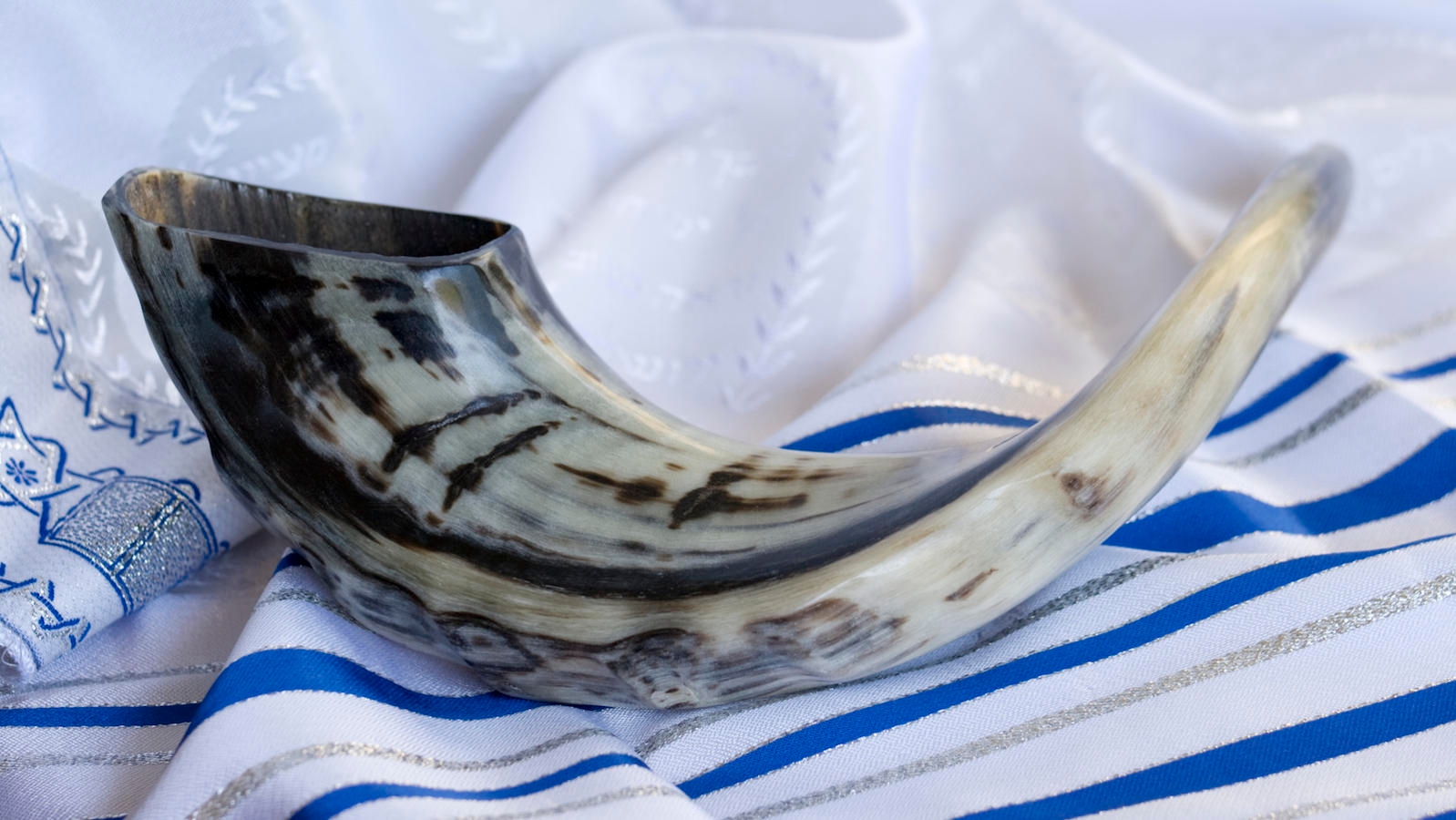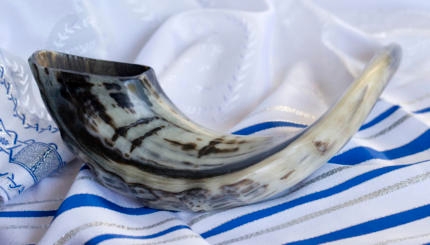On Yom Kippur, focusing on the spiritual above the physical is one of the core tenets of the day. That said, there are a few dress traditions on the holiday.
Not wearing leather, especially leather shoes, is a long-held Yom Kippur tradition. Leather once symbolized luxury and high status, so not wearing it signifies that all people are humbled and equal. The Jewish mystical tradition also suggests that wearing leather shows our dominance — not God’s — over the world.
Many synagogue-goers choose to wear canvas sneakers instead. Some may even be in flip-flops or Crocs. Synthetic materials are also fine — many shoes appear to be made of animal skins but are not.
Wearing white clothing is another widespread Yom Kippur custom. White symbolizes purity and hearkens back to the biblical High Priest who dressed in white linen on Yom Kippur. In Judaism, white is also a color which represents death, and by wearing white we are reminded of our mortality, motivating us to repent further.

Help us keep Jewish knowledge accessible to millions of people around the world.
Your donation to My Jewish Learning fuels endless journeys of Jewish discovery. With your help, My Jewish Learning can continue to provide nonstop opportunities for learning, connection and growth.
In some communities, adults (usually men, but not exclusively!) wear a kittel on Yom Kippur. A Kittel is a long white robe, and those who own them reserve them exclusively for special holidays. Synagogue attendees will also commonly wear a tallit, prayer shawl. In fact, Yom Kippur evening services are the only time a tallit is customarily worn at night.
Most synagogue attendees dress in formal clothing on Yom Kippur (except for their shoes!) but the exact parameters of this vary from congregation to congregation. If you’re worried about the tone of an outfit, it is advisable to ask a friend.



